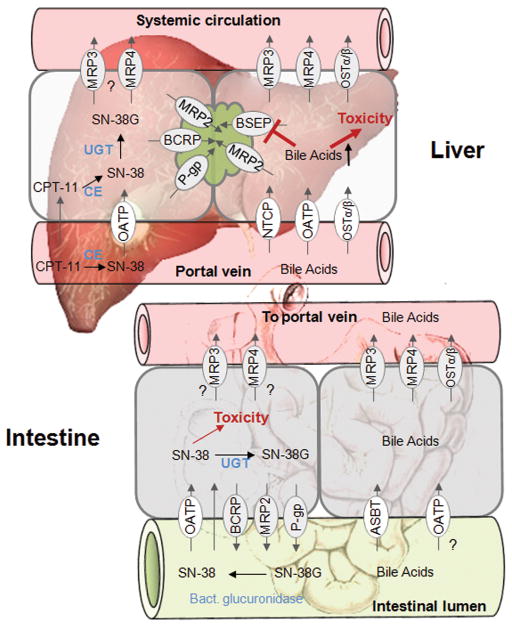Figure 4. Drug efflux transporters and toxicity in liver and intestine.
Left panel liver and intestine: In the plasma or hepatocyte, the prodrug irinotecan (CPT-11) is converted to SN-38 by carboxylesterases (CE). SN-38 is further glucuronidated and excreted into bile. In the intestine, SN-38G is converted back to SN-38 by enteric bacterial β-glucuronidases and is available for reabsorption. It has been hypothesized that repeated exposure of enterocytes to SN-38 is hypothesized to be the cause of severe diarrhea. Right panel (liver and intestine): Bile acids are taken up from the systemic circulation by sodium-dependent taurocholate cotransporting peptide (NTCP) or OATPs, or synthesized from cholesterol. The efflux of bile acids across the canalicular membrane into bile is mediated primarily by the bile salt export pump BSEP (which transports predominantly monovalent bile acids) and MRP2 (which transports sulfate and glucuronide conjugates of bile acids). Under cholestatic conditions, MRP3, MRP4, and OSTα/β act to efflux bile acids across the basolateral membrane into the blood. In the intestine, the apical bile salt transporter ASBT and OATPs mediate the reuptake of bile acids. From the enterocyte, bile acids are excreted by MRP3, MRP4, and OSTα/β into the mesenteric circulation, and they ultimately flow into the portal vein. Inhibition of the major bile acid transporter BSEP results in accumulation of cytotoxic bile acids, potentially causing liver injury.

